

Articles
How To Store Stock In Freezer
Modified: August 16, 2024
Learn how to store stock in the freezer effectively with these helpful articles. Keep your food fresh and organized for longer periods.
(Many of the links in this article redirect to a specific reviewed product. Your purchase of these products through affiliate links helps to generate commission for Storables.com, at no extra cost. Learn more)
Introduction
Welcome to this comprehensive guide on how to store stock in the freezer. Whether you’re a seasoned home cook or just starting to explore the world of culinary delights, having stock readily available can elevate your dishes to a whole new level. It adds depth of flavor and richness to soups, stews, sauces, and more. But what do you do when you have more stock than you can use immediately? Freezing it is a smart and convenient solution!
In this article, we will delve into the importance of storing stock in the freezer, the steps to properly prepare and freeze stock, and some tips and tricks to ensure your stock remains fresh and flavorful. By following these guidelines, you can extend the shelf life of your homemade stock and always have it on hand whenever a recipe calls for it.
So, let’s dive in and explore the world of freezing stock!
Key Takeaways:
- Extend the Shelf Life: Freezing stock prolongs its freshness for up to three months, reducing food waste and ensuring you always have flavorful stock on hand for your culinary creations.
- Convenient and Flavorful: Properly preparing, storing, and labeling frozen stock allows for easy thawing and use, enhancing the convenience and flavor of your dishes while minimizing food waste.
Read more: How To Store Homemade Stock
Why Store Stock in the Freezer
Storing stock in the freezer offers several benefits that make it an ideal method for preserving this flavorful liquid. Here are a few reasons why you should consider freezing your stock:
- Prolongs Shelf Life: While homemade stock can last for a few days in the refrigerator, freezing it allows you to extend its shelf life significantly. Properly frozen stock can stay good for up to three months, ensuring that you always have stock on hand whenever you need it.
- Convenient and Time-Saving: Freezing stock in smaller portions or batches allows you to easily thaw and use the desired amount when cooking. This eliminates the need to defrost an entire container, saving you time and effort in the kitchen.
- Reduces Food Waste: Stock made from leftover bones, vegetables, and meat scraps is a great way to minimize food waste. By freezing stock, you can prevent it from spoiling and utilize it for future meals, maximizing the use of your ingredients and reducing waste.
- Enhances Flavor: Freezing stock helps to lock in its flavor and aroma, ensuring that it retains its original taste and quality. This means that whenever you thaw and use the stock, it will still provide the same depth and richness to your dishes as it did when it was freshly made.
- Cost-Effective: Making stock from scratch can be a cost-effective alternative to purchasing store-bought options. By freezing homemade stock, you can easily store excess amounts without worrying about it going bad, saving you money in the long run.
Overall, freezing stock provides a practical solution for both maximizing the shelf life of homemade stock and ensuring that it’s readily available for all your cooking needs. Now that we understand the advantages, let’s move on to the next step: preparing stock for freezing.
Preparing Stock for Freezing
Before you can freeze your stock, it’s important to prepare it properly to ensure optimal quality and ease of use. Follow these steps to prepare your stock for freezing:
- Cooling the Stock: After you’ve finished making your stock, allow it to cool completely. Place the pot or container of stock in an ice bath to speed up the cooling process. It’s essential to cool the stock quickly to minimize bacterial growth and ensure food safety.
- Skimming the Fat: Once the stock has cooled, skim off any excess fat that has solidified on the surface. This step is optional, but removing the fat can help prevent a greasy texture when thawed.
- Straining the Stock: To achieve a clear and smooth consistency, strain the stock through a fine-mesh sieve or cheesecloth. This will remove any impurities or solid particles, resulting in a cleaner and more flavorful stock.
- Portioning the Stock: Divide the stock into smaller portions or batches based on your cooking needs. Consider using ice cube trays for small portions or freezer-safe containers for larger amounts. Portioning the stock allows for convenient thawing and easy portion control when using it in recipes.
- Cooling the Portions: Place the portions of stock in the refrigerator for a brief period, allowing them to cool further. This step helps prevent condensation in the freezer bags or containers, avoiding ice crystals and potential freezer burn.
By following these steps, you can ensure that your stock is properly prepared for freezing. Next, let’s discuss the importance of choosing the right containers for storing your stock.
Choosing the Right Containers
When it comes to freezing stock, choosing the right containers is essential to maintaining its quality and preventing freezer burn. Here are some factors to consider when selecting containers for storing your stock:
- Freezer-Safe: Ensure that the containers you choose are labeled as freezer-safe. This means they are designed to withstand low temperatures without cracking or breaking. Using non-freezer-safe containers can lead to leakage, loss of quality, and potential contamination.
- Sealable and Airtight: Select containers with tight-fitting lids or covers to prevent air from coming into contact with the stock. Exposure to air can cause freezer burn, which degrades the flavor and texture of frozen food. Additionally, an airtight seal helps to keep the stock fresh by preventing the absorption of odors from other foods in the freezer.
- Size and Portion Control: Consider the portion sizes you will need when choosing containers. It’s helpful to have a variety of container sizes to accommodate different recipes. Smaller containers or bags are ideal for individual servings or adding small amounts of stock to recipes, while larger containers are suitable for bigger batches or soups.
- Stackable and Space-Efficient: Opt for containers that are stackable and take up minimal space in the freezer. This allows for easy organization and maximizes space utilization. Square or rectangular containers can be more efficient in terms of space compared to round containers.
- Clear and Label-Friendly: Using clear containers or freezer bags allows you to easily identify the contents without having to open or defrost them. Additionally, choose containers that provide ample space for labeling with the date of freezing to ensure proper rotation and freshness.
Remember to always check the manufacturer’s instructions for any specific recommendations regarding freezing with the containers you choose. Following these guidelines will help you select the right containers for storing your stock properly. In the next section, we will learn about the best practices for storing stock in the freezer.
Storing Stock in the Freezer
Properly storing stock in the freezer is crucial to maintain its quality and freshness. Here are some steps to follow when storing stock in the freezer:
- Transfer to Freezer-Safe Containers: Transfer the cooled stock portions into your chosen freezer-safe containers, leaving some headspace to allow for expansion as the stock freezes. Be sure to seal the containers tightly to prevent air from entering.
- Arrange Containers Properly: Place the containers in the freezer in an organized manner, leaving enough space between them for air circulation. This allows for faster and more even freezing.
- Preferred Freezer Location: Store your stock in the coldest part of the freezer, such as the back or the bottom. These areas maintain a more consistent temperature, minimizing the risk of any temperature fluctuations that could affect the stock’s quality.
- Keep Consistent Temperature: Ensure that your freezer is set to maintain a consistent temperature of 0°F (-18°C) or below. Fluctuating temperatures can lead to freezer burn and deteriorate the quality of the stock.
- Freeze in Small Portions: If you anticipate using small amounts of stock in various recipes, freezing them in ice cube trays can be a convenient option. Once frozen, transfer the stock cubes into labeled freezer bags for easy access and portion control.
- Do Not Disturb: Refrain from frequently opening the freezer door, as this can cause fluctuations in temperature and air exposure. Try to have a dedicated area in the freezer specifically for stock, so you can access it with minimal disturbance.
By following these steps, you can ensure your stock is properly stored in the freezer to maintain its quality and flavor. In the next section, we’ll discuss the importance of labeling and dating your stock for easy identification and rotation.
When storing stock in the freezer, use airtight containers or resealable plastic bags to prevent freezer burn. Label with the date and use within 3-4 months for best quality.
Read more: How To Store Stockings
Labeling and Dating Stock
Labeling and dating your stock is essential for easy identification and proper rotation in the freezer. Here are some tips to ensure you keep track of your stock:
- Label Clearly: Use waterproof labels or freezer-safe tape to clearly label each container with the contents. Include the type of stock (e.g., chicken, vegetable, beef), as well as any additional flavorings or seasonings you may have added.
- Date the Stock: Write the date on the labels to indicate when the stock was frozen. This will help you keep track of its freshness and guide you in using the oldest stock first to maintain a proper rotation.
- Consider Portion Size: If you have multiple portion sizes of stock in the freezer, indicate the volume or weight on the label. This will make it easier to choose the appropriate portion for your recipe.
- Organize by Date: Arrange your frozen stock in the freezer based on the date it was frozen. This way, you can easily locate and use the oldest stock first, preventing any stock from being forgotten and left unused for extended periods.
- Utilize a Rotation System: If you frequently make and freeze stock, use a rotation system to ensure you use the oldest stock before the newer ones. This helps minimize food waste and ensures that your stock is always fresh.
- Update Labels as Needed: If you use a portion of the stock from a container and return it to the freezer, remember to update the label with the new date to reflect the remaining stock’s freshness.
By consistently labeling and dating your stock, you can easily identify and use the appropriate stock for your culinary creations. Keeping track of the dates also ensures that you maintain the best quality stock in your freezer. In the next section, we’ll discuss how to thaw and use your frozen stock effectively.
Thawing and Using Frozen Stock
Thawing frozen stock properly is important to preserve its quality and ensure safe consumption. Here are some guidelines to follow when thawing and using your frozen stock:
- Refrigerator Thawing: The safest method to thaw frozen stock is by placing it in the refrigerator. Transfer the container from the freezer to the refrigerator and allow it to thaw slowly overnight or for several hours. This gradual thawing process helps maintain the stock’s flavor and texture.
- Cold Water Thawing: If you need to thaw the stock more quickly, you can use the cold water thawing method. Place the container of frozen stock in a sealed plastic bag and submerge it in a bowl of cold water. Replace the water every 30 minutes until the stock is thawed. Do not use warm or hot water as it can promote bacteria growth.
- Immediate Use: If you’re in a hurry and need to use the stock immediately, you can partially thaw it by gently heating it on the stovetop or in the microwave. However, be cautious not to overheat or boil the stock as it can compromise its flavor and quality.
- Using Thawed Stock: Once the stock is thawed, give it a good stir to incorporate any separated fat or sediment. It is now ready to use in your favorite recipes. Remember that thawed stock should be used within 2-3 days and not refrozen to maintain food safety.
- Cooking with Frozen Stock: In some recipes, you may be able to use frozen stock directly without thawing. Simply add the frozen stock to your dish and allow it to melt and simmer along with the other ingredients. This method works well for slow-cooked meals such as soups, stews, and braises.
By following these thawing methods, you can safely and effectively incorporate your frozen stock into your culinary creations. However, always use your discretion and follow any specific instructions provided with your frozen stock or recipe. In the next section, we’ll provide you with some additional tips for freezing stock.
Tips for Freezing Stock
Freezing stock is a simple and convenient way to always have flavor-packed liquid on hand. To ensure the best results when freezing your stock, here are some useful tips:
- Utilize Ice Cube Trays: Freeze small portions of stock in ice cube trays. This allows you to easily portion out small amounts for recipes that require just a touch of stock.
- Invest in Freezer Bags: Consider using freezer bags instead of containers for storing stock. They are space-efficient and allow for easy stacking. Squeeze out any excess air before sealing the bags to minimize the risk of freezer burn.
- Double-Bagging: To provide added protection against freezer burn, double-bagging your stock is a good idea. Place the stock-filled freezer bag inside another freezer bag before sealing. This provides an extra layer of insulation and helps maintain the stock’s quality.
- Remove Excess Fat: Skim off as much fat as possible from the stock before freezing. This helps prevent a greasy texture when thawed. You can also refrigerate the cooled stock overnight and remove the solidified fat layer before freezing.
- Freeze in Portion-Sized Containers: Consider freezing stock in different portions based on your recipe needs. For example, freeze some stock in 1-cup portions for soups, while freezing larger batches for making sauces or simmering large cuts of meat.
- Label Containers Clearly: Clearly label each container or bag with the type of stock and the date of freezing. This helps keep track of your stock inventory and ensures you use the oldest stock first for optimal freshness.
- Stock Cube Combinations: Experiment with creating stock cubes by combining different types of stock. For example, freeze a cube made from chicken and vegetable stock for added flavor complexity in your recipes.
- Freeze Stock Reductions: If you’ve made concentrated stock reductions, freeze them in ice cube trays to create flavor bombs to enhance sauces, gravies, or pan sauces.
- Note Any Seasonings: If you’ve seasoned your stock with specific herbs or spices, make a note on the label. This way, you’ll know which stock best complements your recipe.
- Regularly Rotate Stock: Regularly check your frozen stock inventory and use the oldest stock first to prevent it from being forgotten. This ensures that you always have a fresh supply of stock in your freezer.
By following these tips, you can make the most of your freezer space and ensure that your stock stays flavorful and ready to use. Don’t be afraid to experiment and find what works best for you. Now that we’ve covered various aspects of freezing stock, let’s conclude our guide.
Conclusion
Congratulations! You’ve now learned how to store stock in the freezer effectively and efficiently. Freezing stock allows you to extend its shelf life, reduce food waste, and have a convenient supply of this flavorful liquid for your cooking adventures.
We explored the importance of properly preparing stock for freezing, including cooling, skimming fat, straining, and portioning. Choosing the right containers, such as freezer-safe and airtight options, is vital for maintaining the quality of your stock. Proper storage in the freezer, including arranging containers, identifying a preferred freezer location, and maintaining a consistent temperature, ensures that your stock stays fresh and flavorful.
Labeling and dating your stock is essential for easy identification and rotation. By organizing your stock based on its freezing date and using the oldest stock first, you minimize the risk of any stock being left unused for too long. Proper thawing techniques, whether in the refrigerator or using cold water, ensure that your stock is ready to use without compromising its taste or quality.
We also provided some additional tips, such as utilizing ice cube trays, double-bagging for extra protection, removing excess fat, and experimenting with stock cube combinations to enhance your dishes. Regularly checking and rotating your stock inventory helps you stay organized and ensures that you always have a fresh supply of stock at your fingertips.
Now, armed with this comprehensive guide, you can confidently store stock in the freezer for future culinary adventures. Whether it’s adding depth to soups, enhancing sauces, or bringing rich flavor to your favorite recipes, you’ll always have stock readily available. So go ahead and stock up your freezer, and let your creative culinary journey continue!
Frequently Asked Questions about How To Store Stock In Freezer
Was this page helpful?
At Storables.com, we guarantee accurate and reliable information. Our content, validated by Expert Board Contributors, is crafted following stringent Editorial Policies. We're committed to providing you with well-researched, expert-backed insights for all your informational needs.
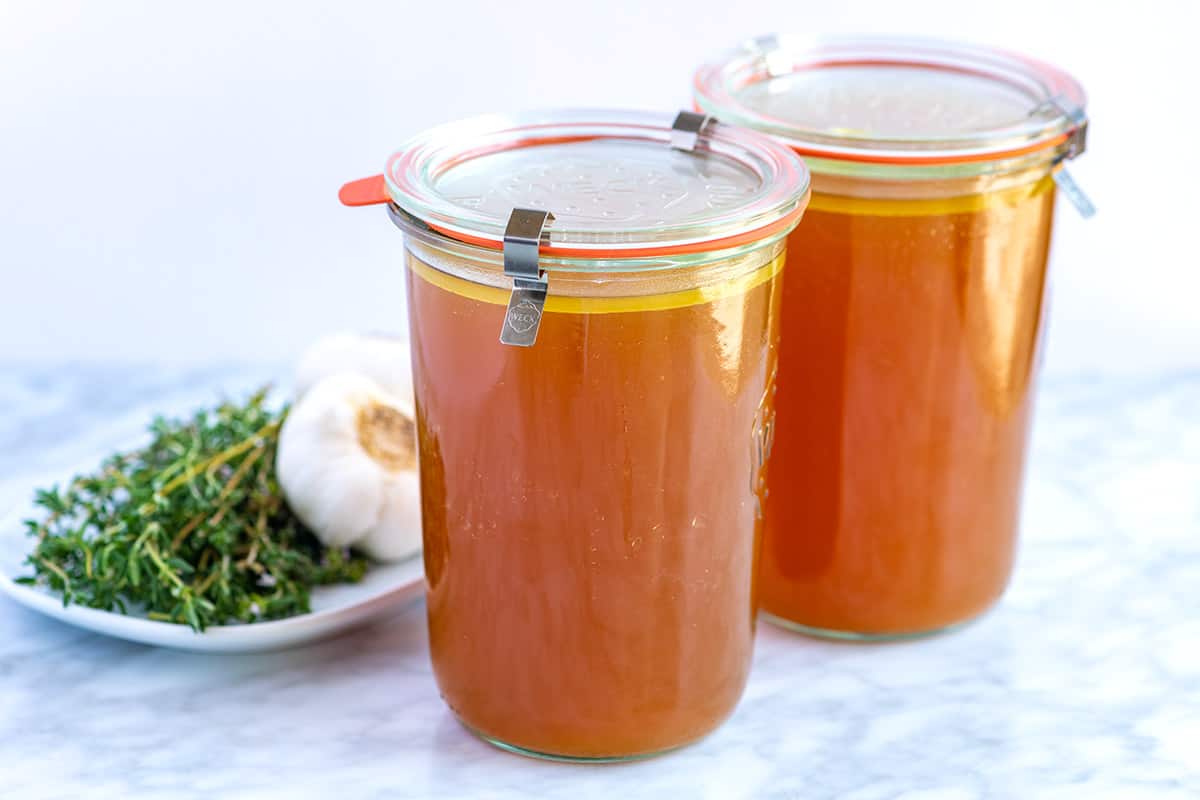






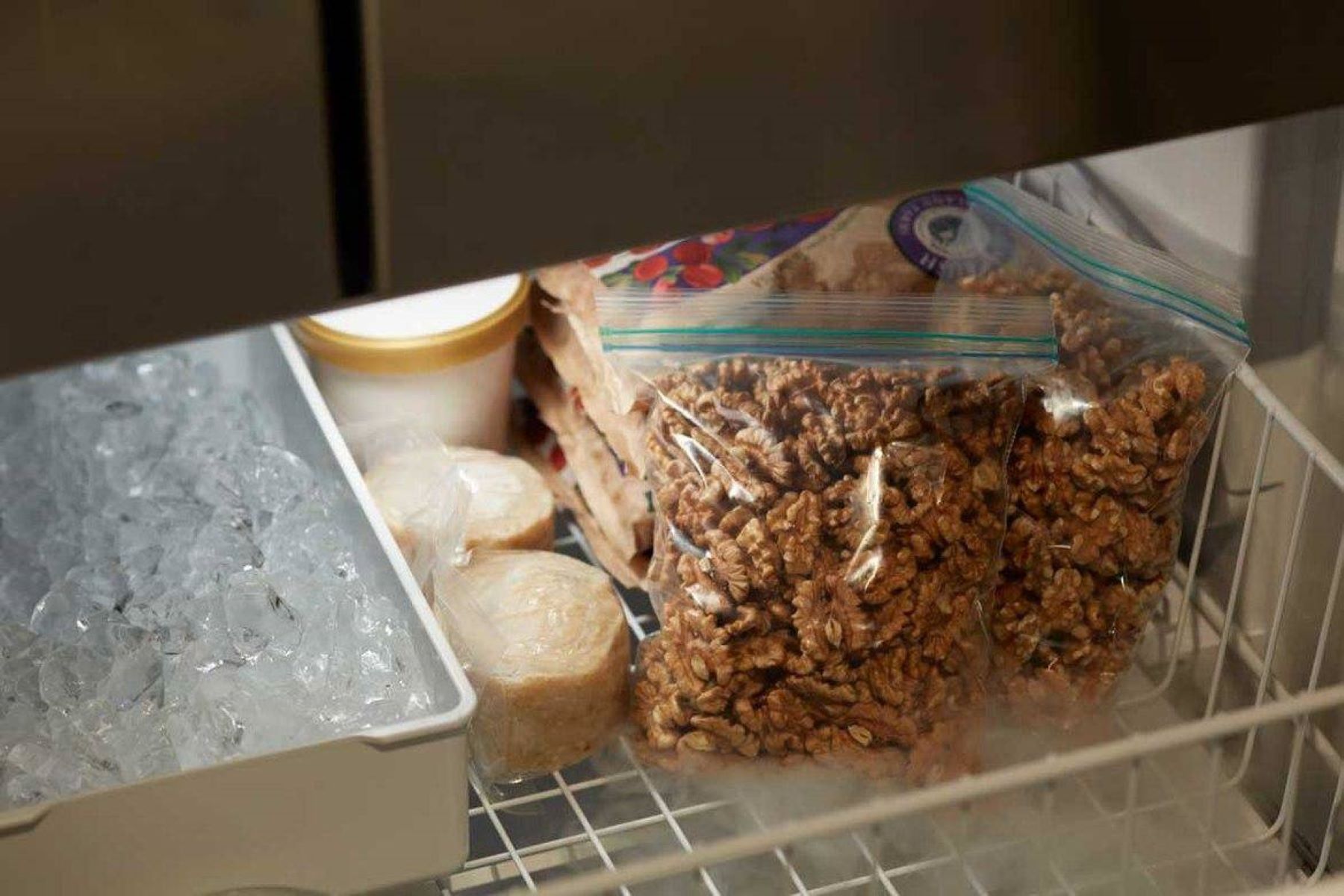
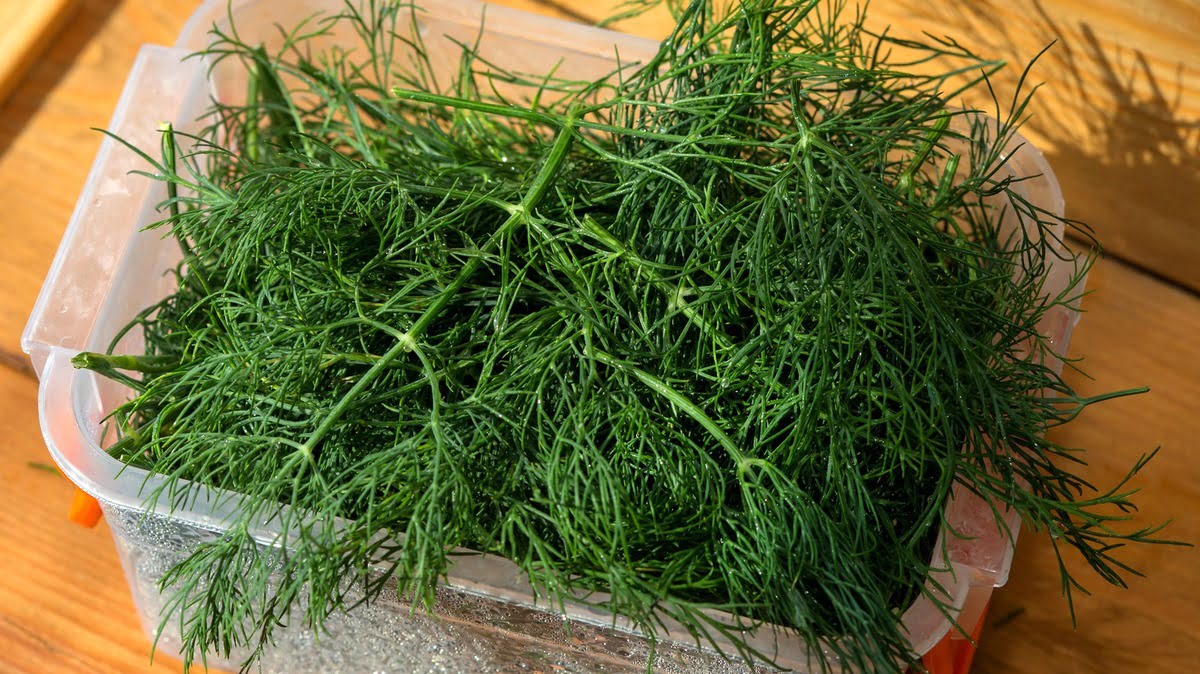

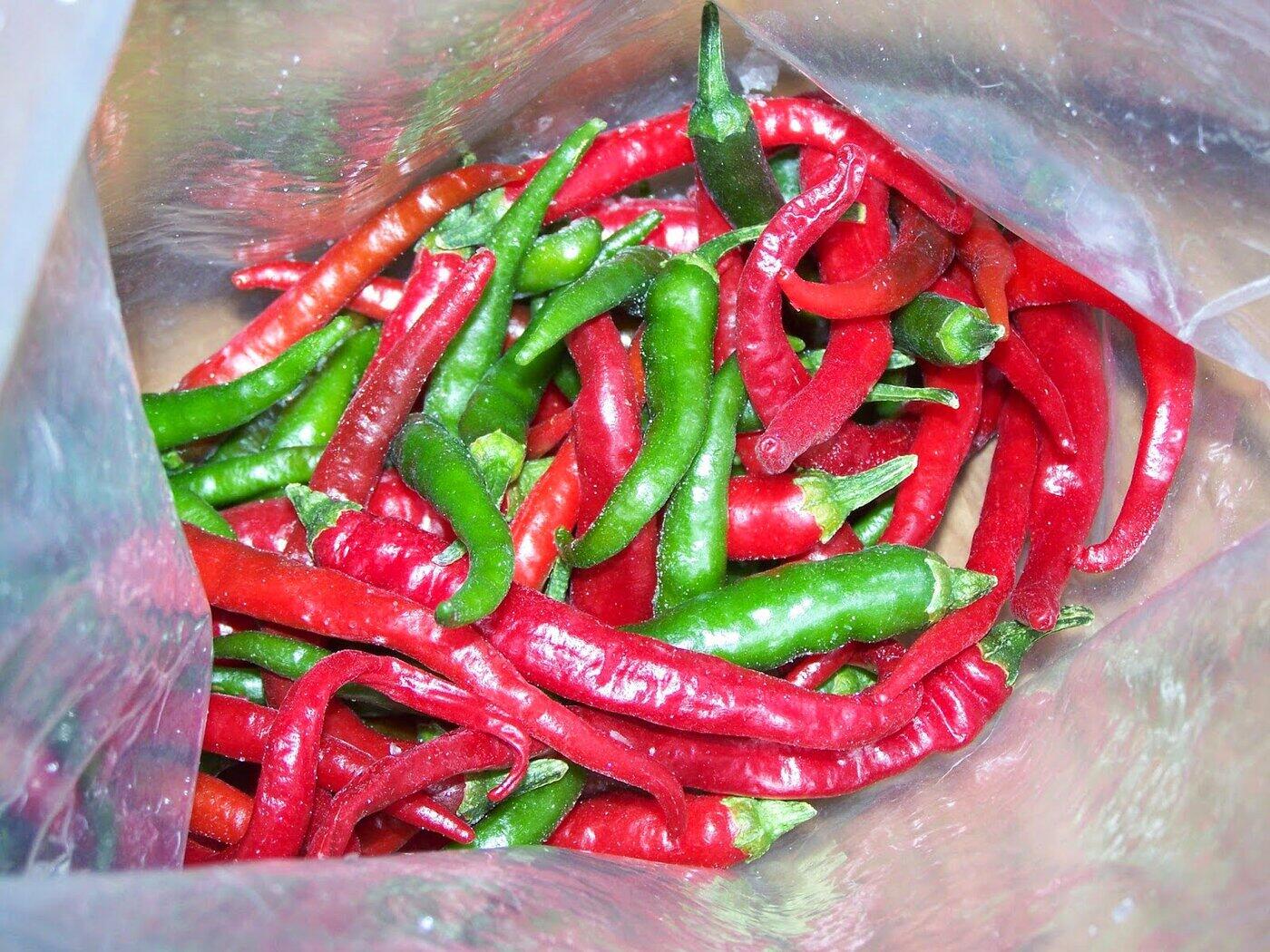
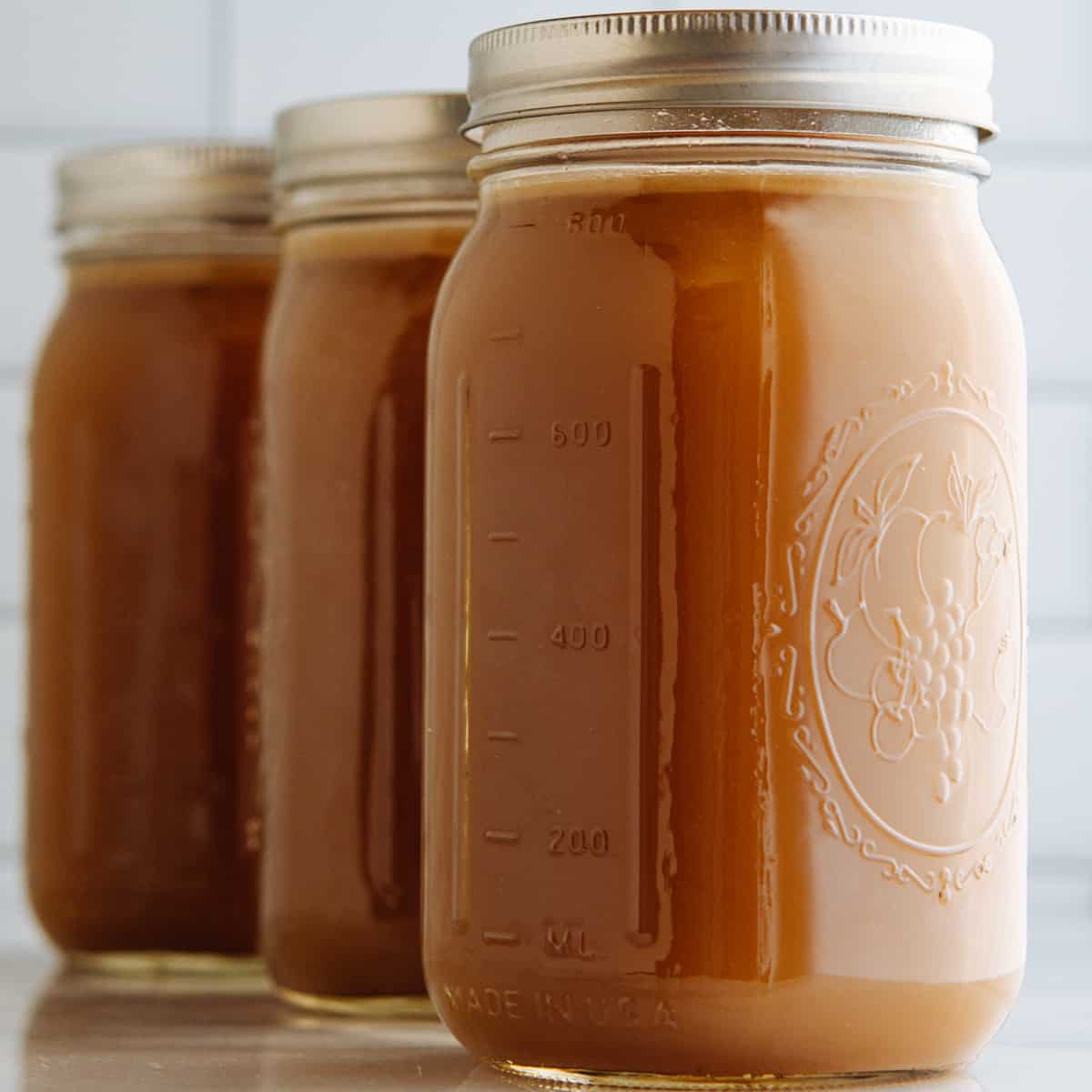



0 thoughts on “How To Store Stock In Freezer”